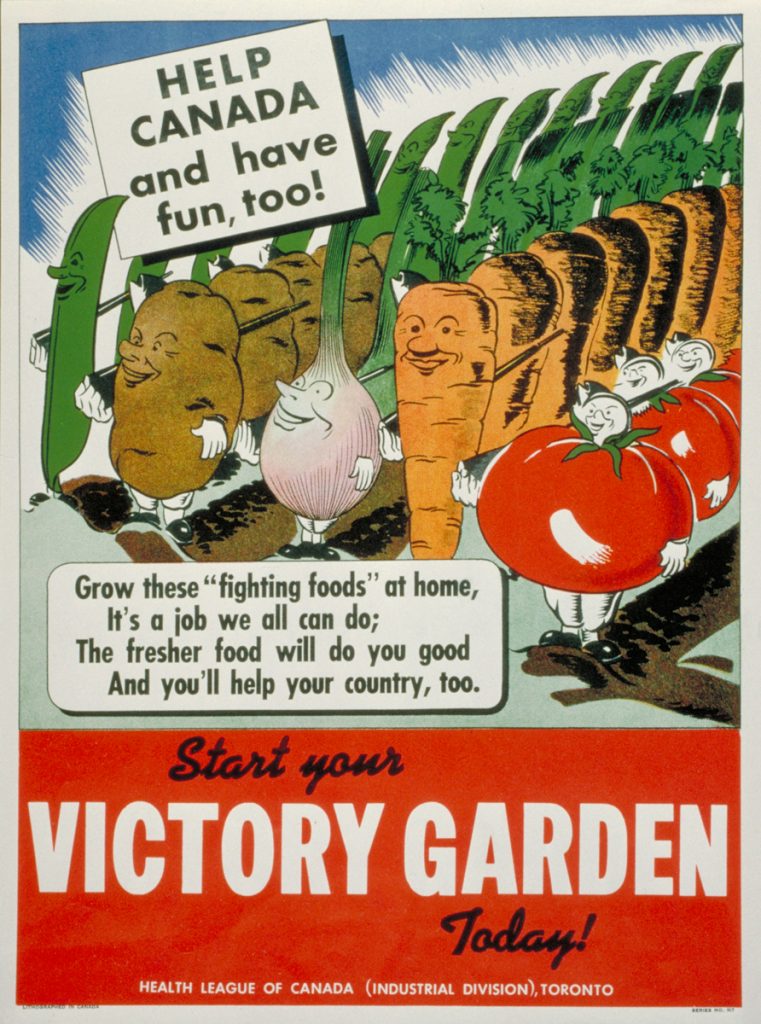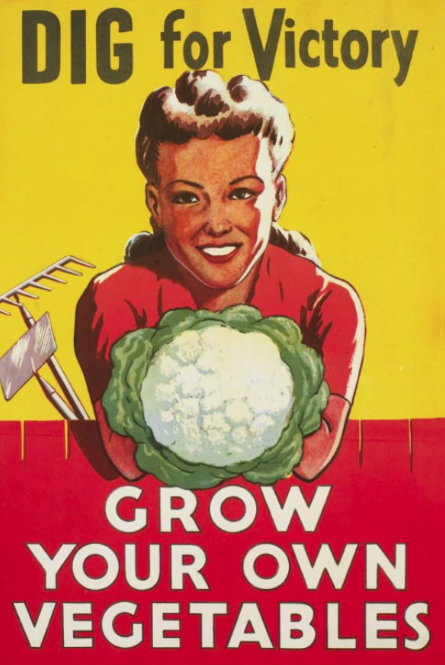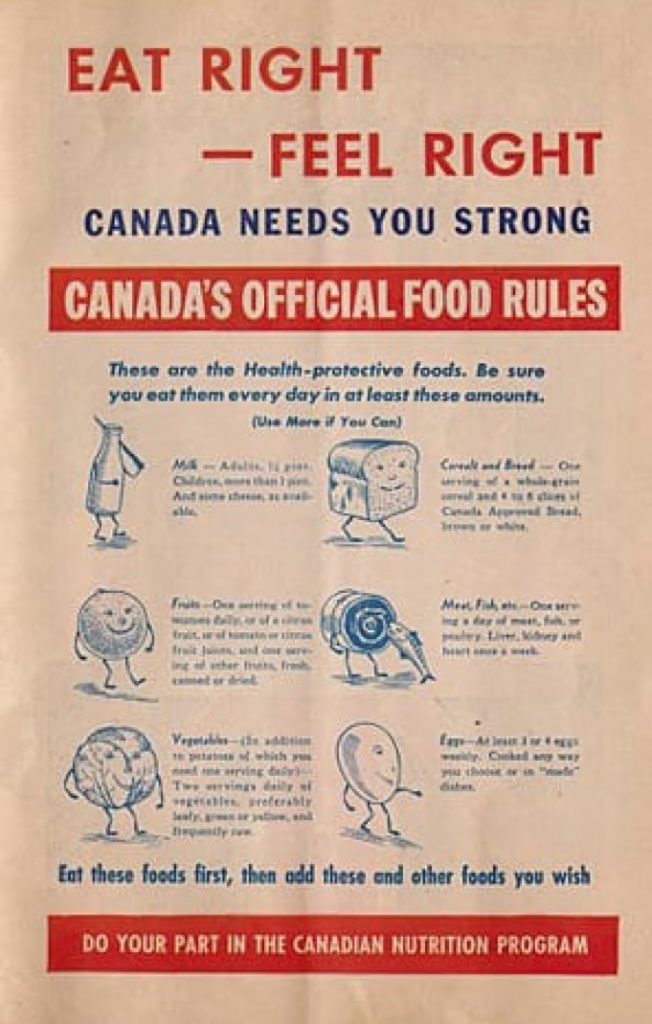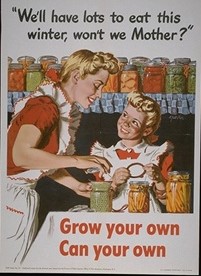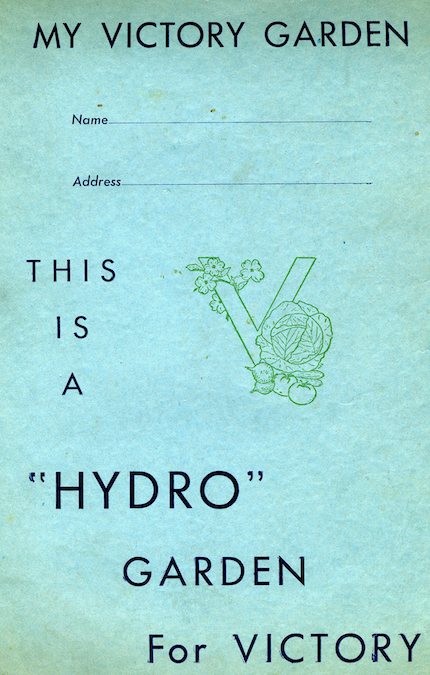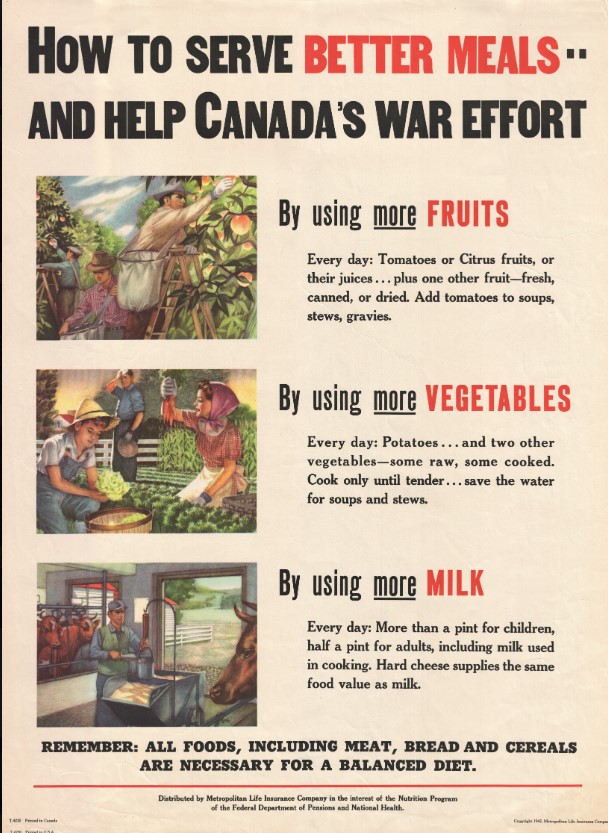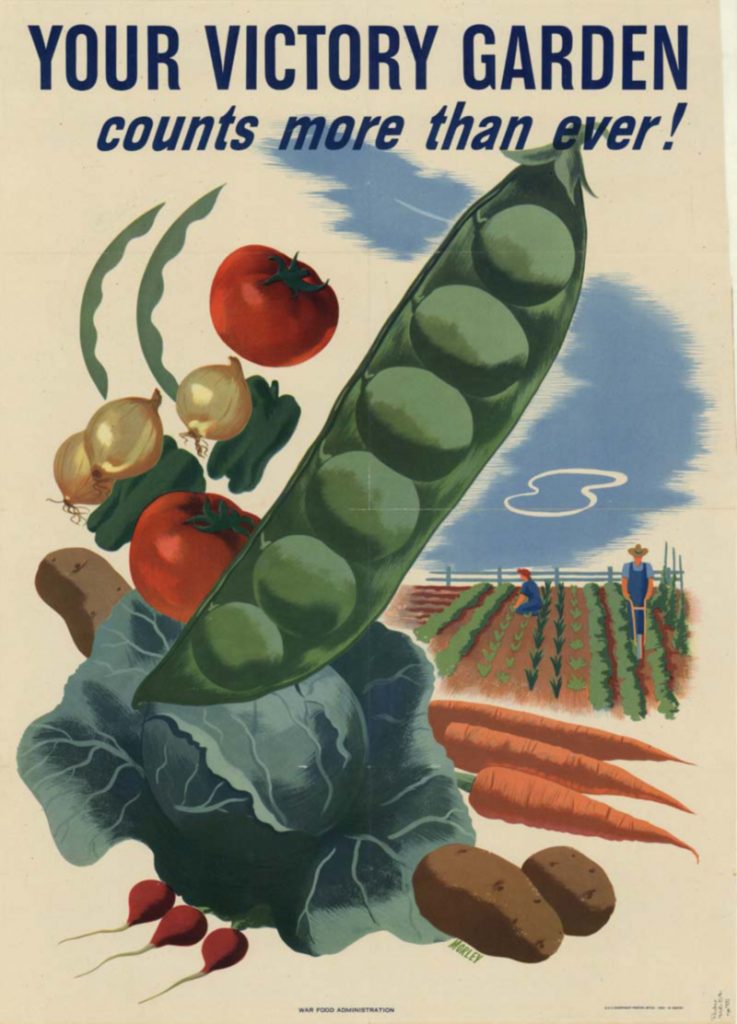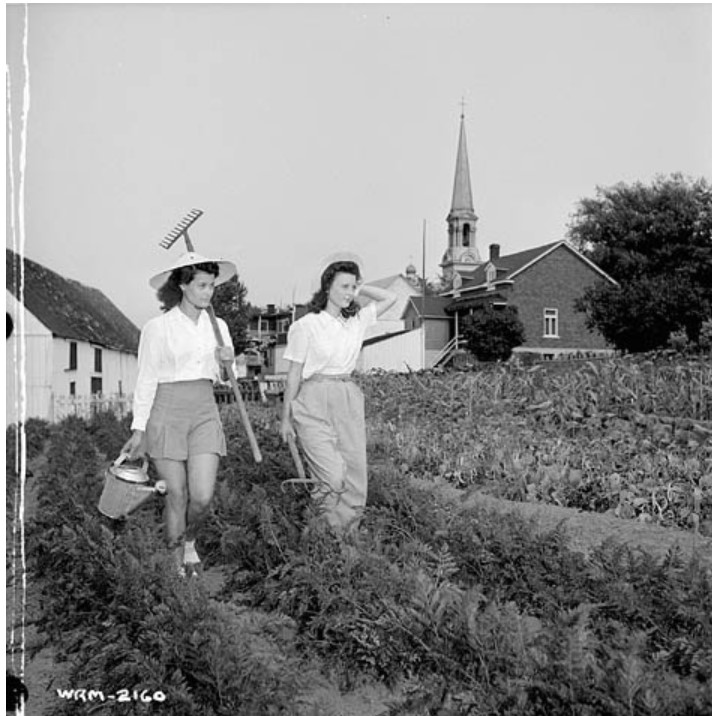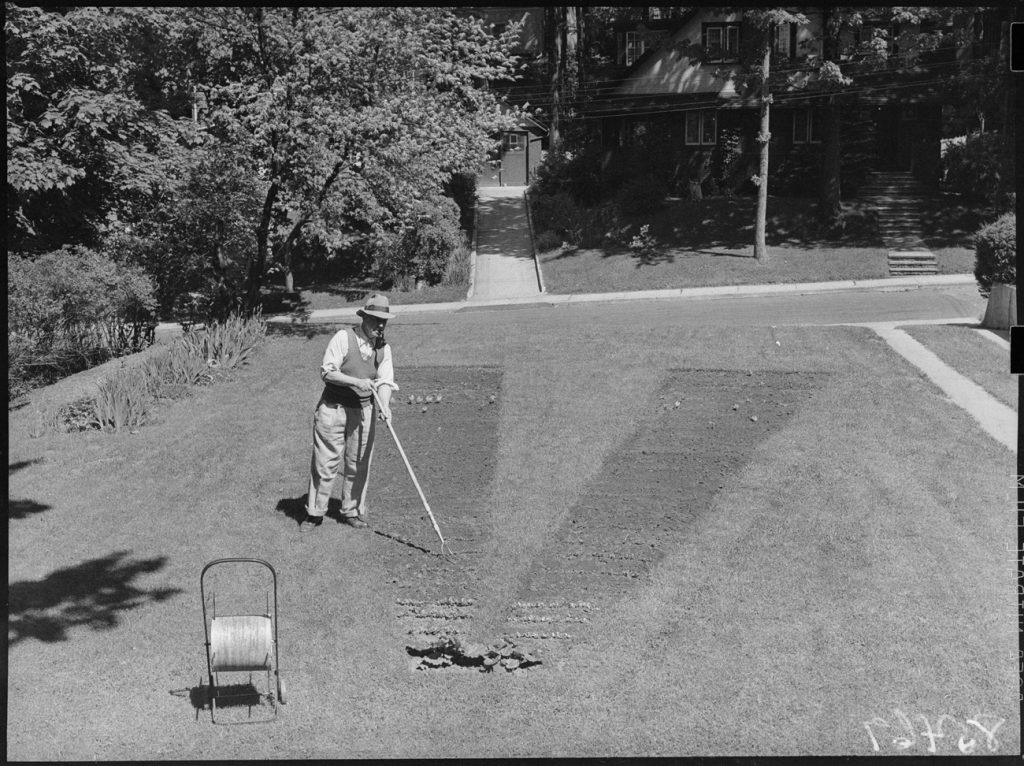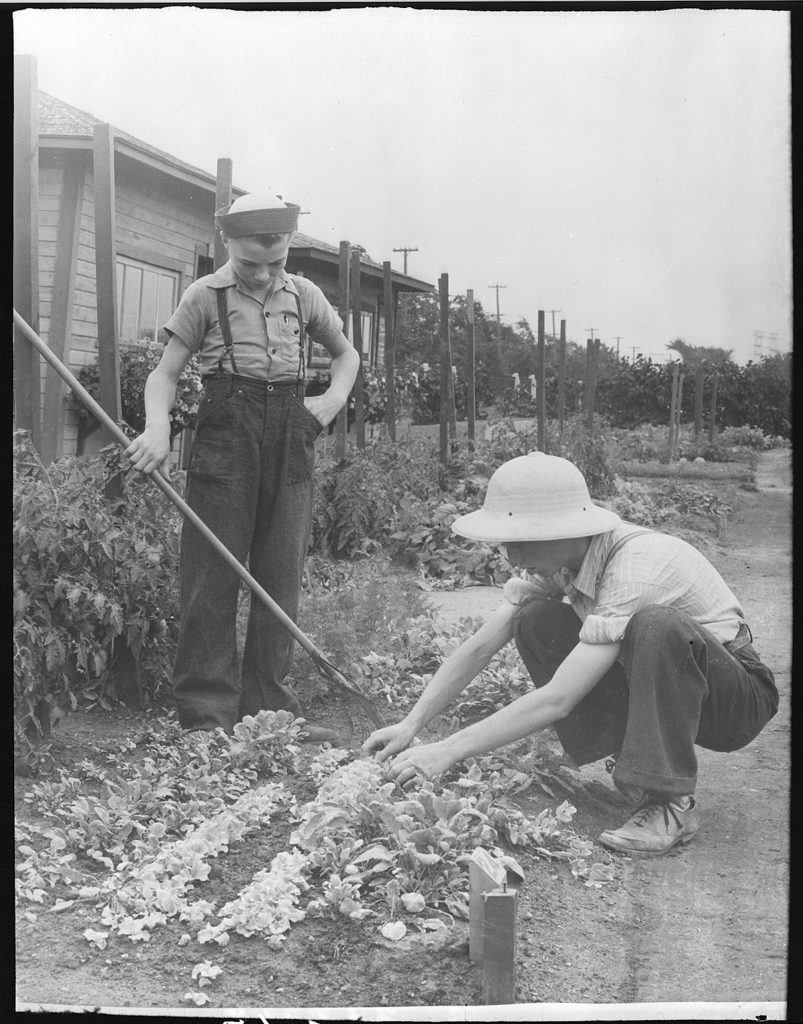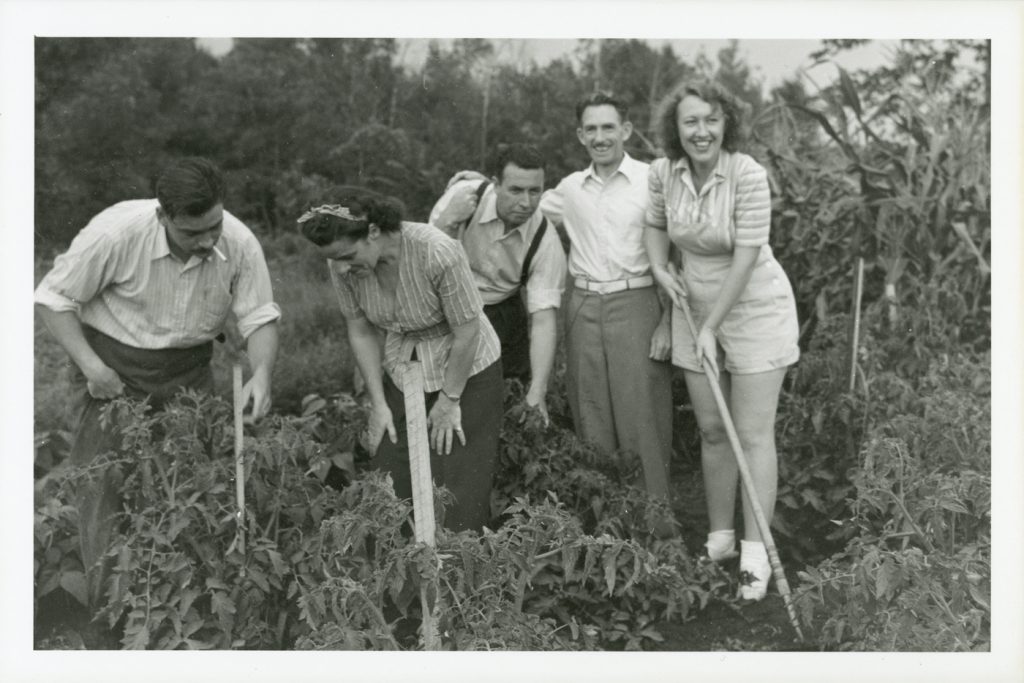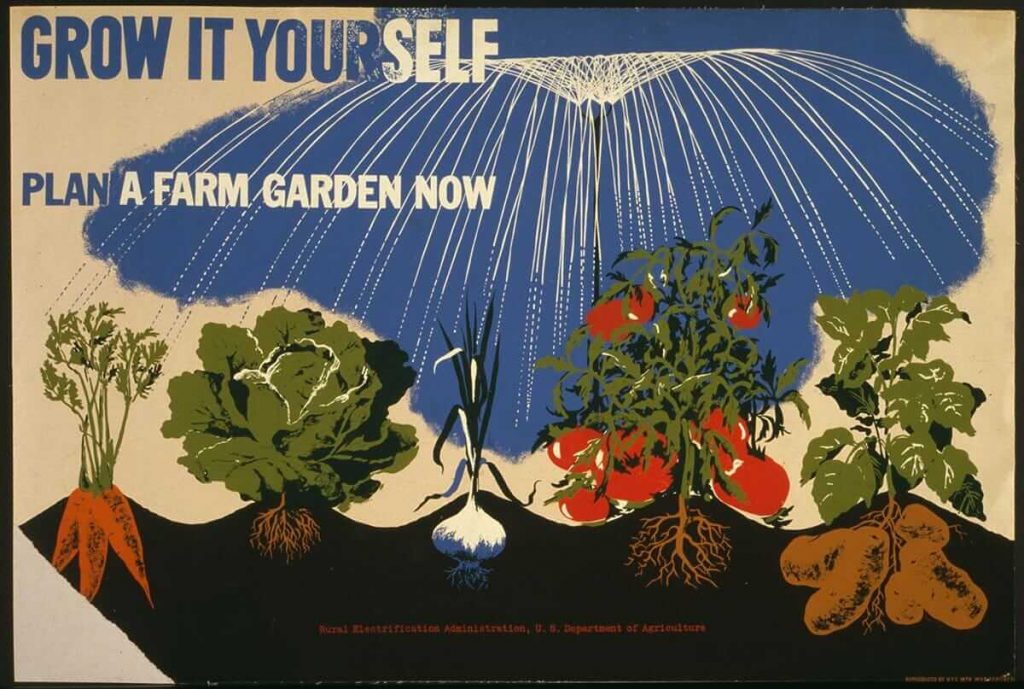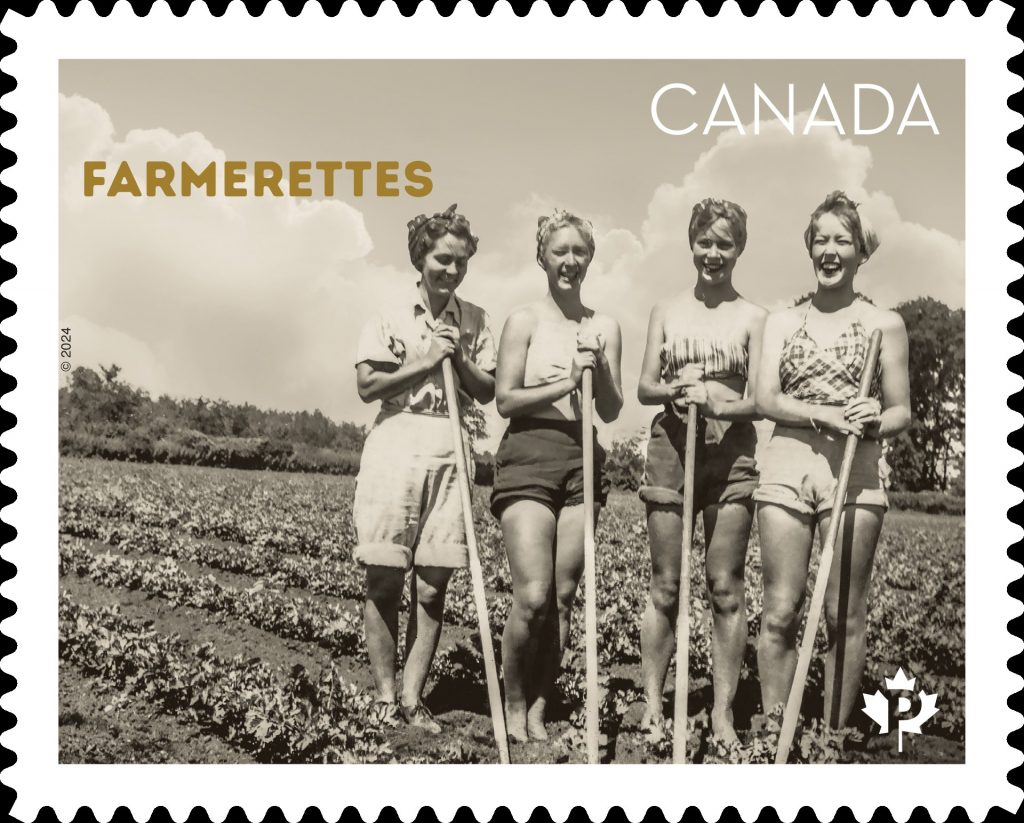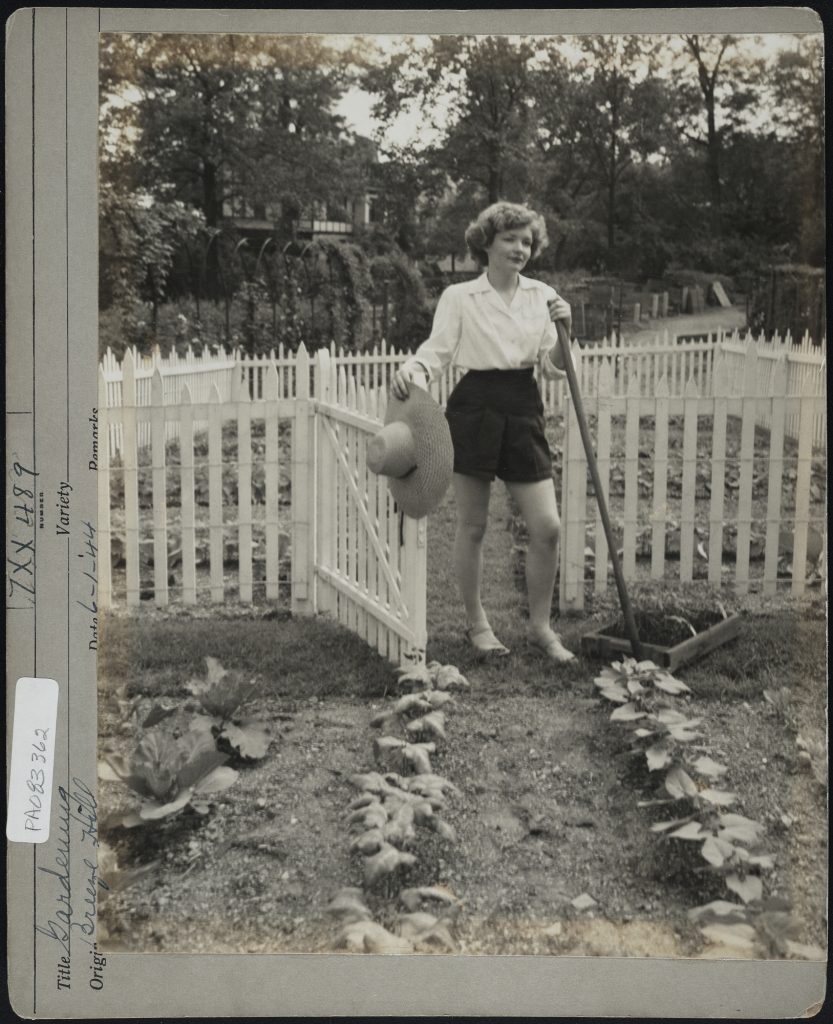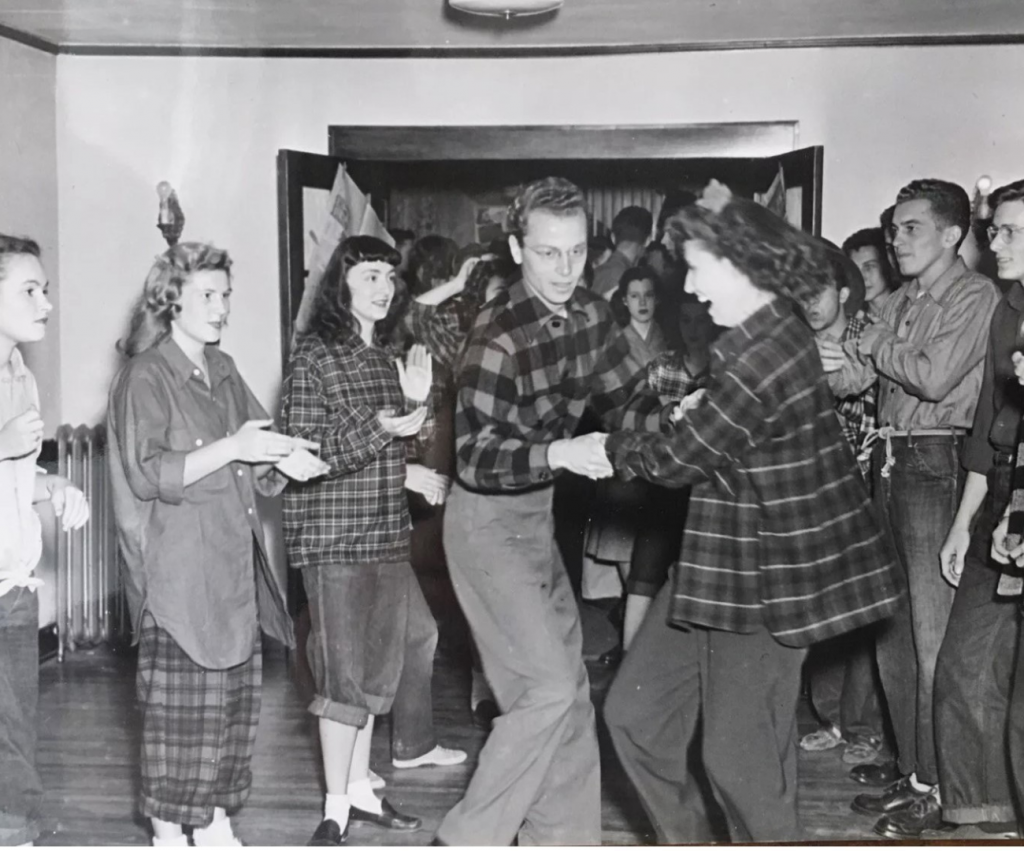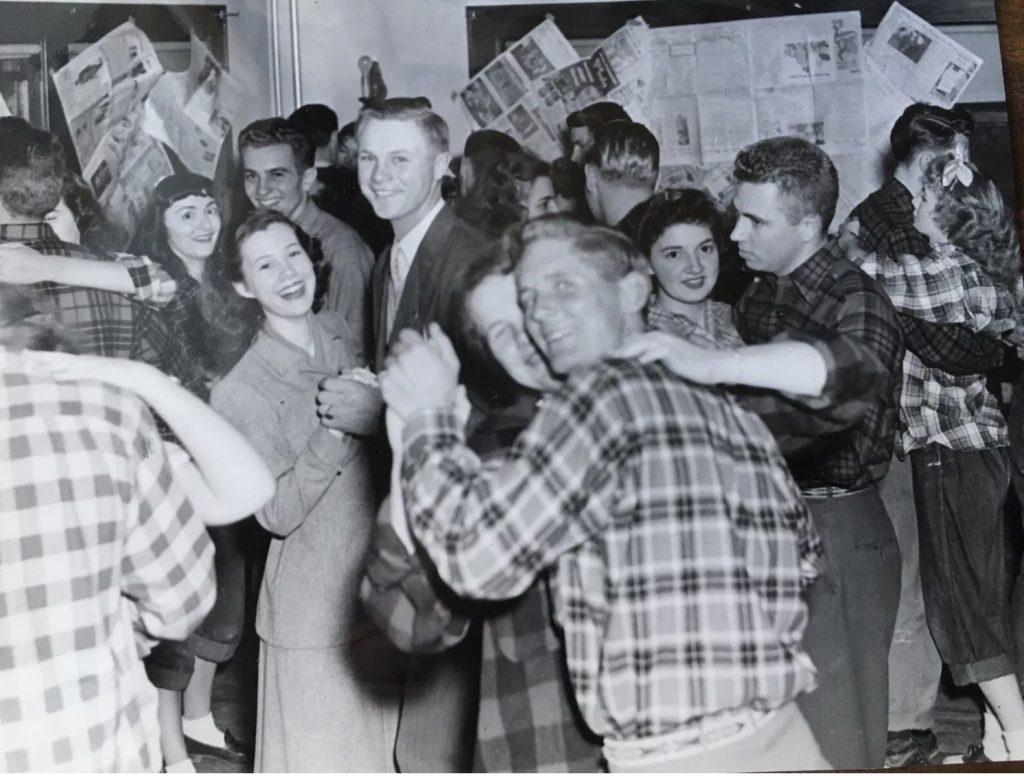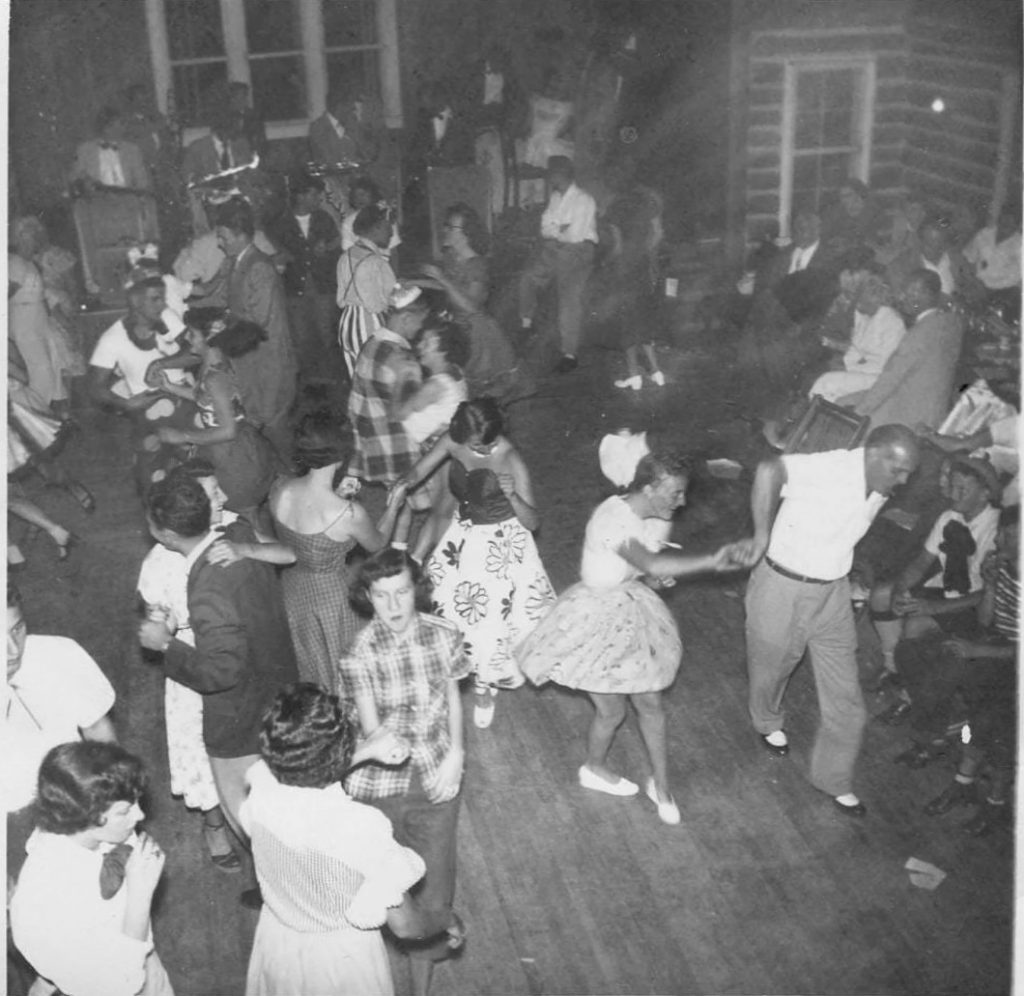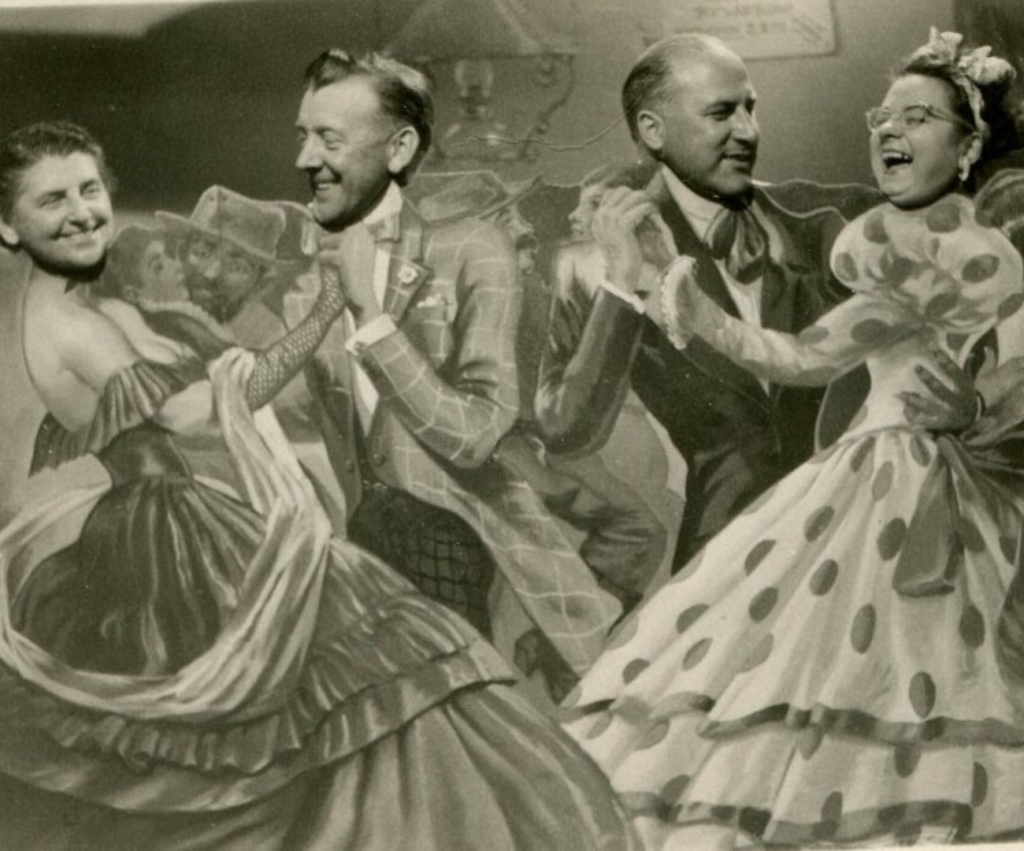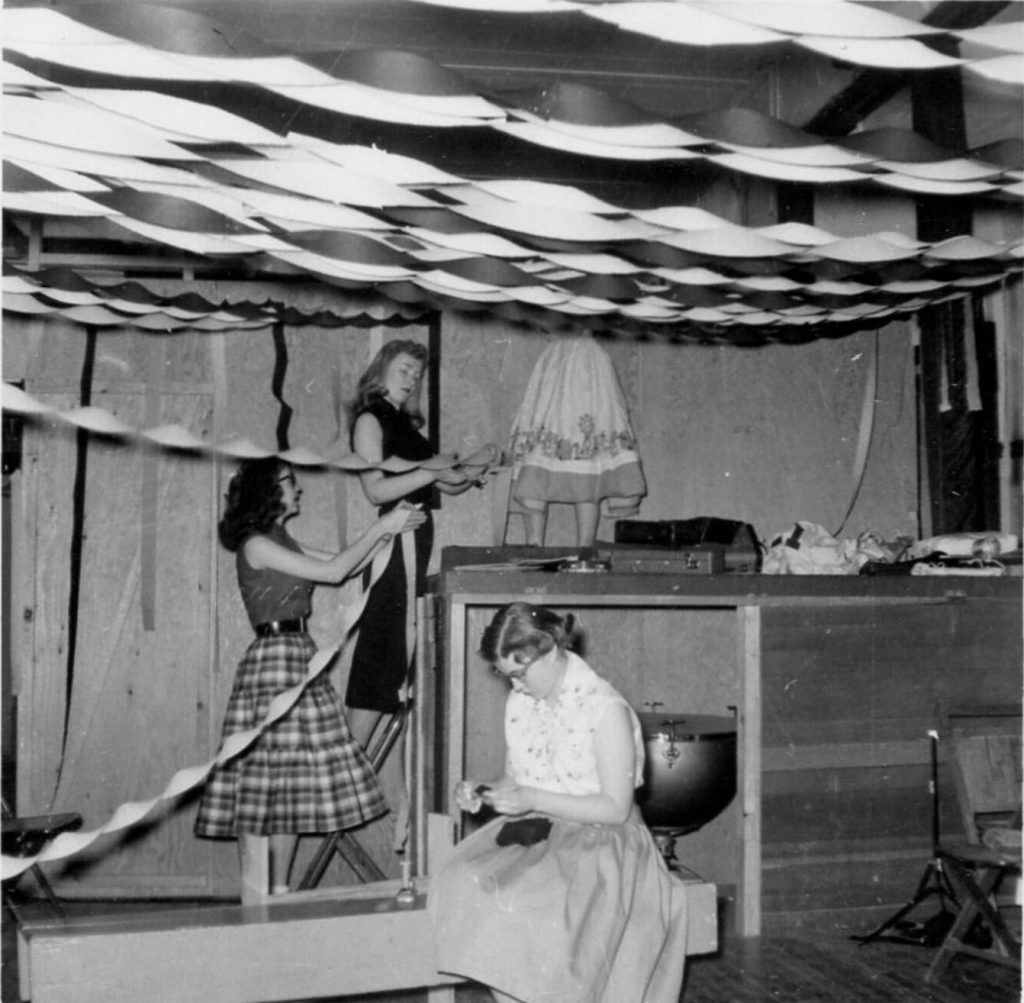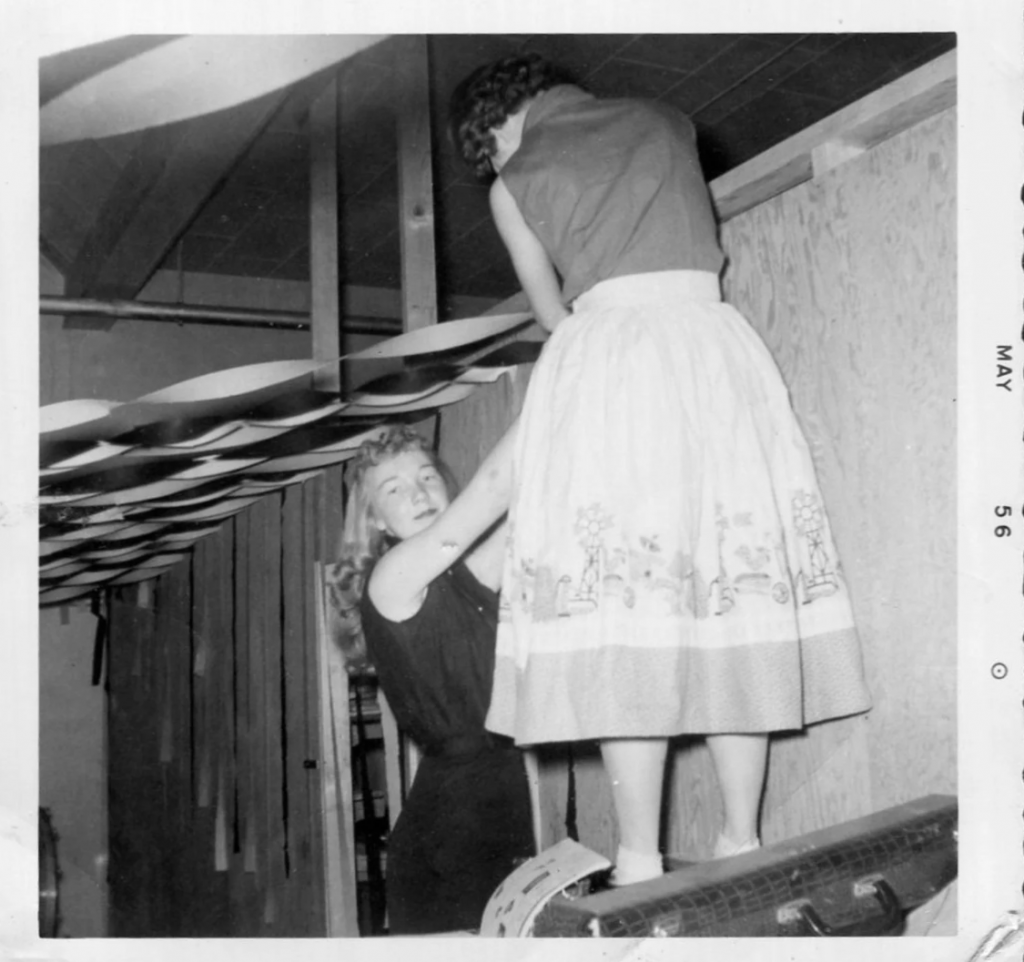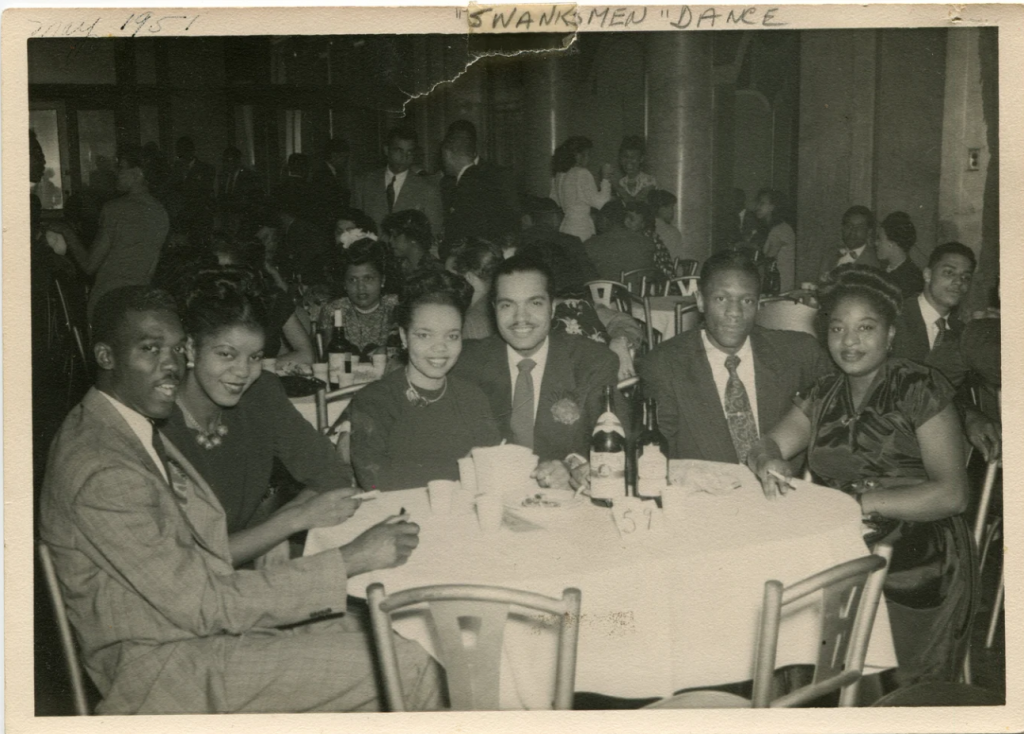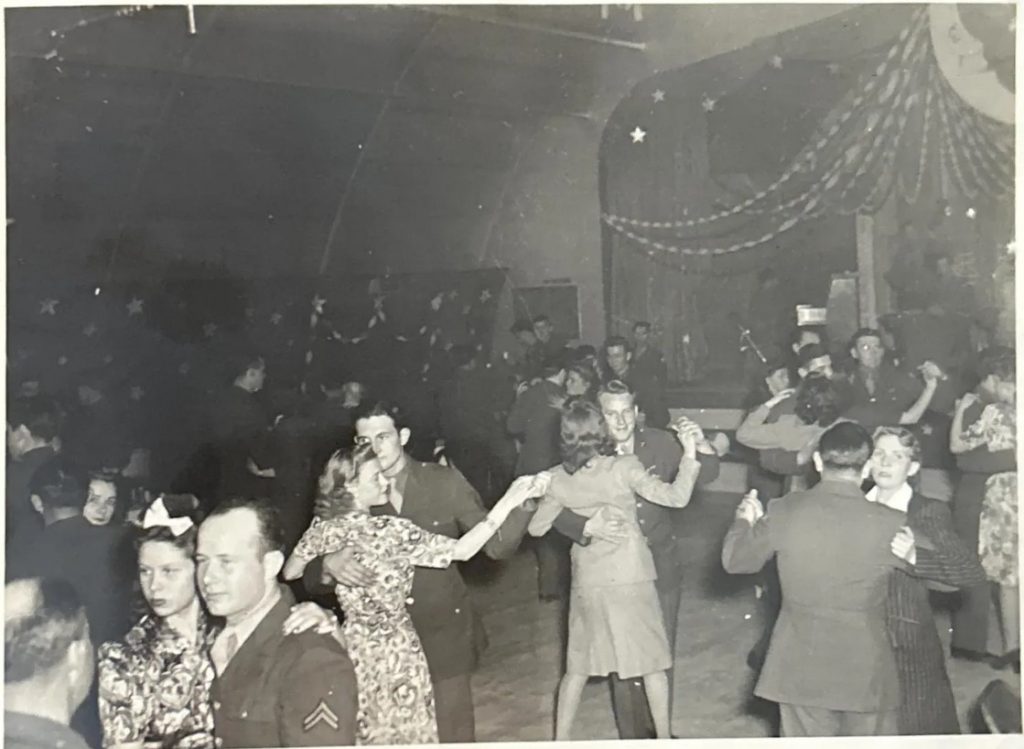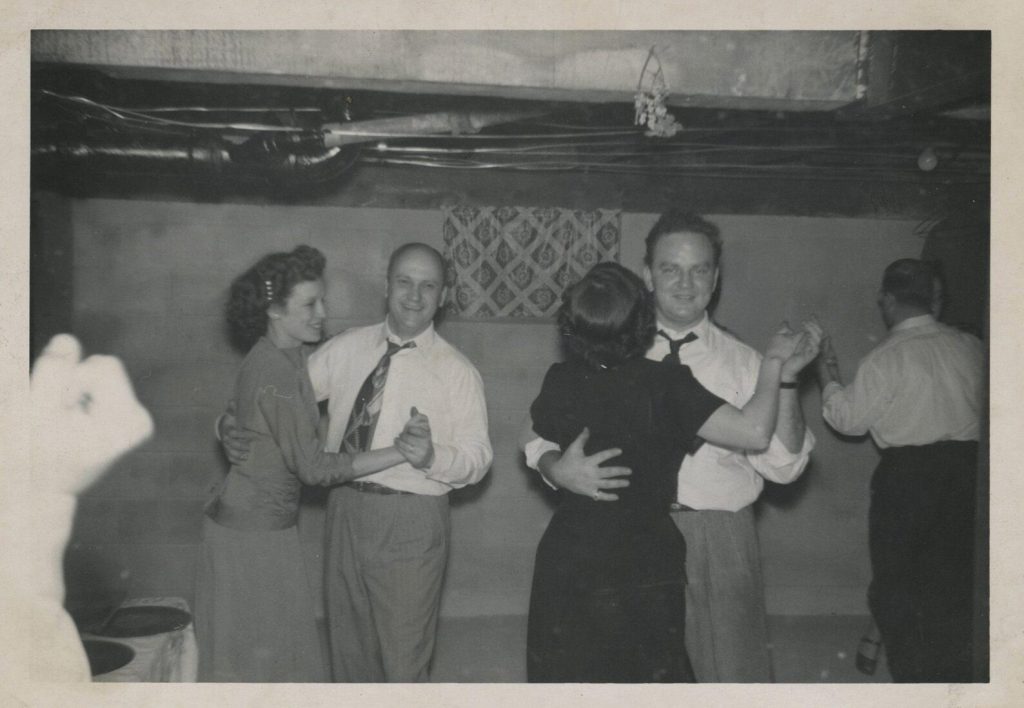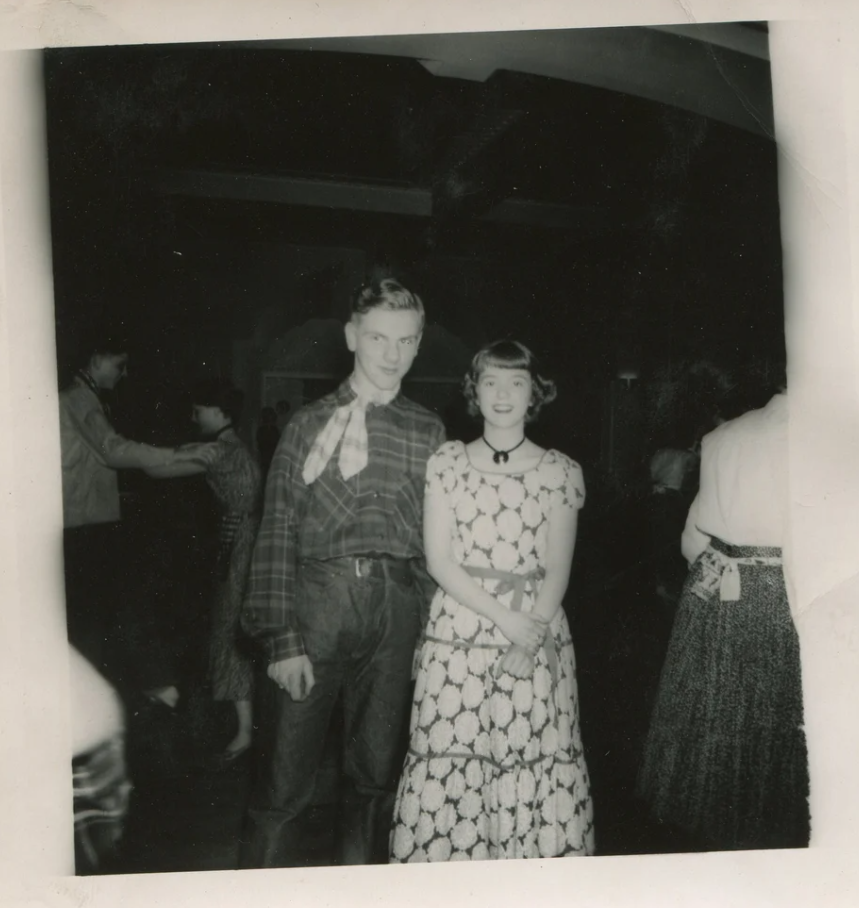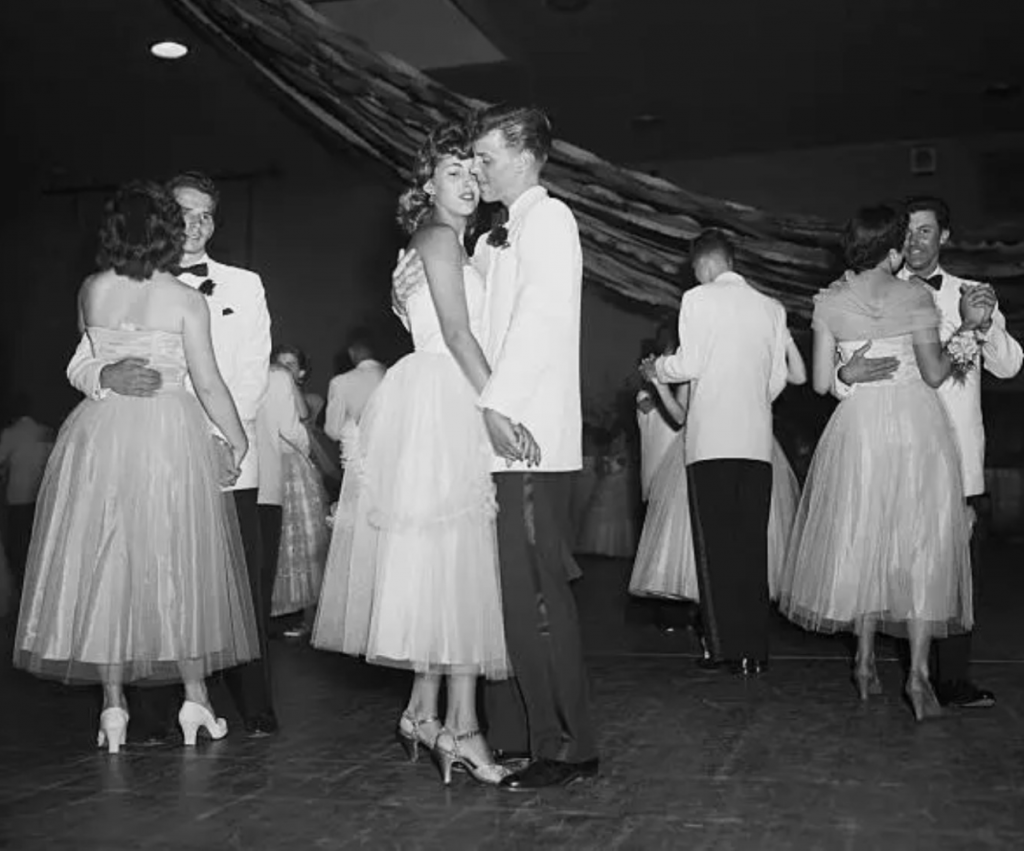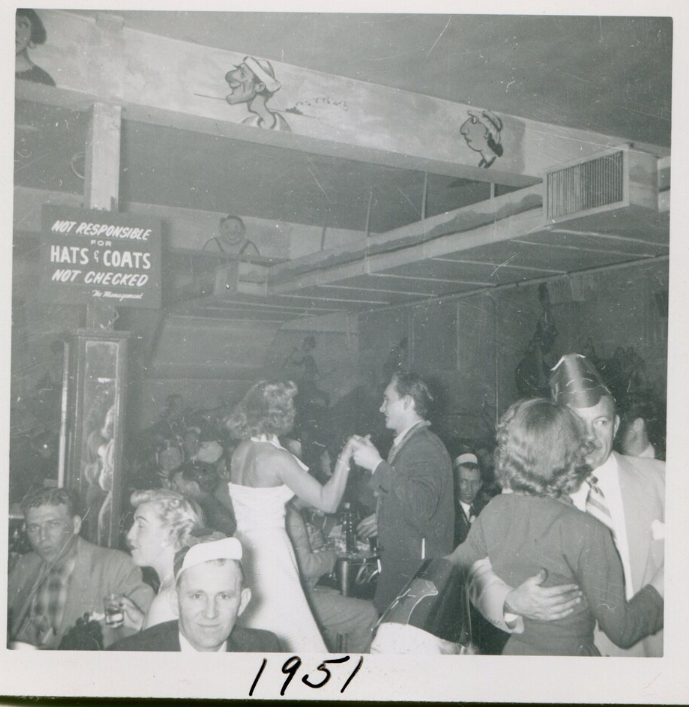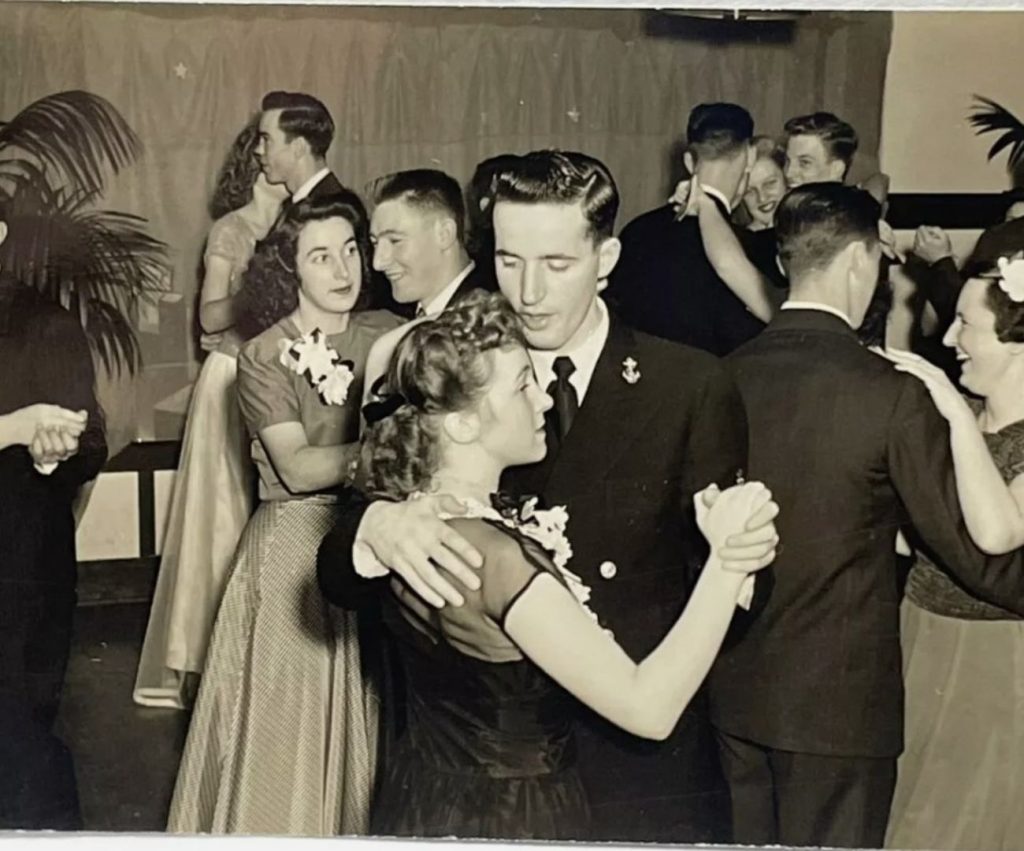During the First and Second World Wars, Canadian families—like those in many other countries—were encouraged to grow and preserve their own fruits and vegetables. This helped reduce demand on the domestic food supply while ensuring more provisions were available for troops and allies overseas.
Victory gardens, largely an urban phenomenon, played a crucial role in both the symbolic and practical mobilization of civilians on Canada’s home front.
In today’s post, we’ll take a visual and textual journey through this remarkable wartime initiative.
Enjoy!
Source: The Canadian Encyclopedia
On a personal level, this year I have decided on my balcony that I will try to grow my own Victory Garden. Prices are going up and every little bit helps. It’s time to do my part!
Source: CBC.ca
History Of Victory Gardens In Canada
“War gardening,” as it was more commonly known, was widely promoted throughout the First World War by both the Canadian government and the media as a patriotic form of wholesome leisure. Indeed, the basic idea behind victory and First World War-era war gardening was much the same: the more produce that could be grown by Canadians in their front yards, vacant lots and former flower gardens, the more food, soldiers and munitions that could be shipped to Canada’s allies overseas. This was because not only did victory gardening help to meet existing export commitments, but it also freed railcars and transport trucks to move other strategic goods instead of food. That victory garden produce was also part of a healthy diet according to the newly created Canada’s Official Food Rules (1942) — the precursor to Canada’s Food Guide — was simply an added bonus (Source).
Source: Canada.ca – History of Canada’s Food Guide
However, at the start of the war, the Canadian government actually discouraged the practice. Amateur gardeners would put a strain on the country’s seed supply, and could potentially waste crop through inexperience (Source).
One 1942 pamphlet produced by the Department went so far as to actively discourage unskilled “city-folk” from planting food gardens because “they would create the demand for equipment such as garden tools, fertilizers and sprays, which are made from materials needed by Canada’s war industries and because Canada’s vegetable seed supply can best be employed by experienced gardeners with equipment on hand.” (Source)
Then, in 1943 after protests from avid gardeners erupted, and the seed supply stabilized, the government started supporting victory gardens. Everyone, young and old, was encouraged to help grow more food to relieve strain on food supplies going overseas, and the transport systems needed to move it. Toronto mayor Frederick Conboy started growing a crop of tomatoes on his front lawn (Source).
Source: Canadian War Museum
Larger organizations like Ontario Hydro-Electric Club contributed to the cause by providing extra land, seeds and lessons on growing and preserving food (Source).
About the below 1943 pamphlet:
This 32 page booklet contains information for club members on how to grow their own vegetables and herbs, blank pages to document how much they grew, and instructions on how to preserve their harvest. Ontario Hydro was a large corporation with many employees and this publication was part of their work to support the war effort (Source).
To read excerpts from the booklet please click the link HERE.
Source: City Farmer News
Victory Gardens were INDEED for “City-Folk”. Why? Because the goal was to increase the acreage of land devoted to food production, the ideal victory garden was one that transformed urban land into agricultural space (Source).
1942 advertisement. Source: Canadian War Museum
Mental & Physical Benefits To Gardening:
Victory gardens could bring families and communities closer together through shared work. Gardening promoted self reliance and patriotism, allowing people to contribute to an important wartime effort. It was also a pleasant distraction from the war as a form of self expression. The government and local organizations took this last moral booster even further by holding yearly victory garden contests.
The government stressed the physical health benefits of a victory garden. At the time, army applicant rejections were at an all time high due to malnutrition (Source).
At its 1944 peak, it was estimated that upwards of 209,200 victory gardens were in operation nationwide producing a total of 57,000 tonnes of vegetables (Source).
Source: Wikipedia
The Perry Sisters, employed at the Dominion Arsenals Ltd. plant, armed with rake, watering can and pitchfork, help look after the vegetable garden where they are working.
Further Reading: Vintage Photos of Canadian Women on the Home Front during WWII
Source: Collections Canada
A.J. Denne tends his v-shaped vegetable plot in Toronto on June 5th, 1943 (Toronto Archives photo).
“The most important new gardeners, however — and the ones who dominated wartime imagery of victory gardening — were men,” writes Ian Mosby (author of Food Will Win the War). Victory gardening was “promoted as a new kind of respectable (and decidedly middle-class) masculine domesticity.” (Source)
Source: The Canadian Encyclopedia
Victory Gardens in Montreal. Two children tend to vegetables in the Montreal Botanical Garden in 1943.
Source: The Canadian Encyclopedia
1940s vintage photo of the Metropolitan Life Insurance Company employees tending to tomatoes in a Victory Garden (via Canadian War Museum).
Further Reading: Vintage Photos Of People Tending To Their Gardens 1930s-1960s
Symbolism Of The Gardens & The Final Result
Though originally intended as a means of increasing production during wartime, victory gardens proved more important as a symbolic, patriotic activity rather than a productive one. “From a morale standpoint,” writes Ian Mosby (author of Food Will Win the War), “victory gardens linked a wholesome and familiar form of domestic labour to the larger war effort in a way that involved the entire family and that was highly visible to friends and neighbours.” (Source)
Source: modernfarmer.com
One More Important Farming Historical Note:
Now while urban populations were making gardens in their backyards, young women from all over Canada were heading to the farmlands in Southern Ontario and becoming ‘Farmerettes’.
Read all about these incredible women here: Canada’s WW2 Home Front History – The Farmerettes
How To Grow Your Own Victory Garden?
I’m not a professional gardener—just a plant lover doing my best to keep them alive and enjoy the beauty (and occasional homegrown food) they provide for my husband and me. Here are some expert tips on starting your own Victory Garden. Happy planting!
- How to start your own Victory Garden-CBC
- What to plant in a Victory Garden
- Tiny Victory Gardens: Tips on Growing Food Without a Yard
Thank you for dropping by and reading a bit about Canada’s gardening wartime effort. I have always loved the history of the Victory Garden and I’m excited to have finally been able to share it all here with you.
Please share any thoughts you have on this topic in the comments section below. I love hearing from my readers!
Note: Thank you to ‘The Canadian Encyclopedia‘ & ‘Heritage Toronto‘ for the fantastic historical info that was in this post.
Further Reading: World War 2 Women’s Contributions & Home Front Posts
Thanks for dropping by!
Liz

